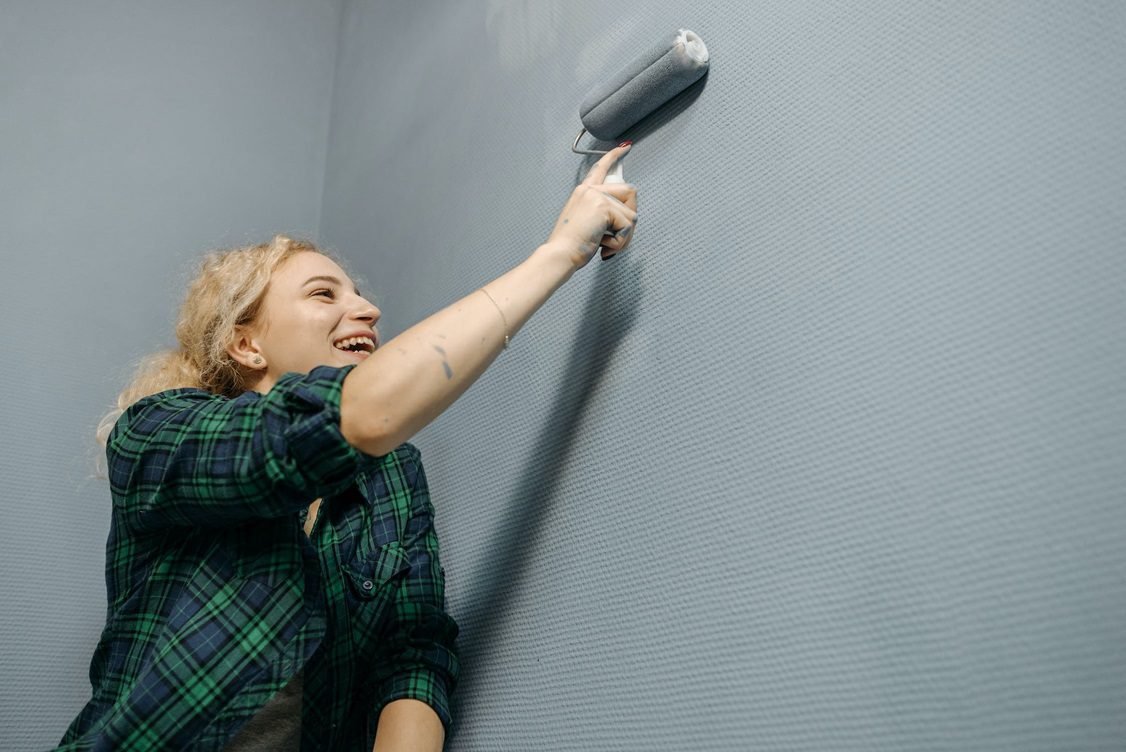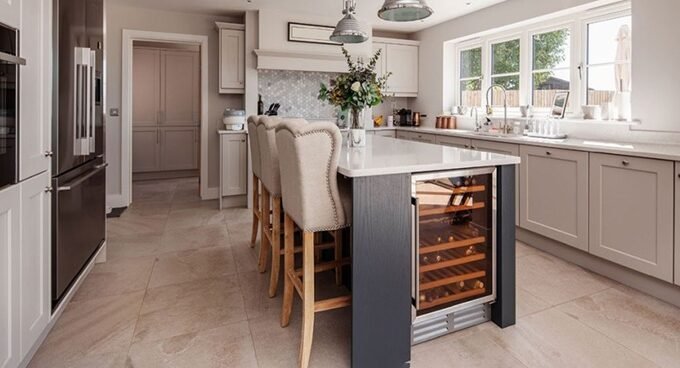
5 Top-Notch Painting Techniques to Upgrade Your Walls
Bob Ross once said, “All you need to paint is a few tools, a little instruction, and a vision in your mind.”
This rings true for home renovations as well. A fresh coat of paint is one of the most affordable and impactful ways to transform a room. Not only does it provide a clean, refreshed appearance, but it also allows homeowners to experiment with different techniques.
The variety of painting styles offers numerous options for achieving a polished, stylish finish without breaking the bank.
Best of all, elaborate artistic abilities are not necessary – armed with some basic supplies and an afternoon, anyone can infuse new life into spaces around their home. A fresh perspective and small adjustments are all you need to make a big difference in how a room feels.
Whether opting for subtle textures or bold statement pieces, the techniques described below provide an easy path toward personalized interior design on a budget.
Table of Contents
Toggle1. Color Washing
Color washing is a method that creates a textured effect by layering two paint colors.
For the best results, it’s recommended to combine lighter and darker shades of the same color or complementary colors, avoiding mismatched hues with excessive contrast, as this can lead to a visually messy outcome.
Now, let’s delve into the insights of experts in this field. In Hillsboro, a city nestled in Oregon, the appreciation for all forms of painting is fervently celebrated. Recently, the town experienced a remarkable collaborative effort by local artists and volunteers aimed at enhancing its visual appeal. Their expertise in color-washing techniques can be invaluable for those considering this method for their homes.
According to a professional Hillsboro interior painting service, to achieve the desired look, start by applying a solid, semi-gloss base coat. Subsequently, use a brush or sponge to randomly apply two colors, allowing for bare patches and visible brush strokes.
To prevent the top paint layers from drying too quickly or becoming too thick, it’s advisable to mix them with glaze, which thins the paint and extends its drying time.
Color washing is a visually appealing technique that brings texture and depth to a space. Notably, it is considered relatively easy to execute. The process involves coating walls with a satin base paint and using a large brush to apply a pleasing glaze over it.
2. Rag Rolling
Rag rolling is one of the most straightforward paint techniques. According to Absolute Painting, this method involves using a wet rag or cloth that has been dipped or rolled in paint.
You then press and rub the rag against the wall in random creases and folds. This creates an uneven, mottled texture that looks similar to weathered surfaces like old leather or stucco.
You can control how subtle or dramatic the effect is by how much paint you load on the rag and how firmly you press it to the wall. Less is usually more with this technique. It works well for smaller accent walls or areas like bathrooms. Rag rolling is an easy way to add visual interest and age without much work.
3. Stenciling
Stenciling is a popular and accessible decorative painting technique that can enhance various aspects of your home.
You can use stencils to create the illusion of larger windows, add warmth to a room by placing a border below the ceiling, or simulate a chair-rail molding without the need for carpentry. Stencils offer a more affordable and customizable alternative to wallpaper for accent walls.
To successfully stencil a wall, proper preparation is crucial. Ensure the surface is both smooth and level. Affix the stencil onto the surface using tape or adhesive. Apply the paint with a brush or roller, using just enough to prevent any paint from leaking under the edges.
When selecting a stencil, consider a design that complements your existing wall color. Many people choose a stencil pattern that is lighter than their wall color, but the choice is entirely based on personal preference.
4. Sponge Painting
Sponging is another straightforward and effective decorative painting technique. All you need is a natural sea sponge, glaze, and a couple of paint colors, offering an easy way to introduce dimension, color, and texture to various rooms, from kitchens to bedrooms.
Dip a moist sea sponge into a mixture of glaze and paint, then gently dab the combination in a random pattern on your wall. This easy and beginner-friendly project can be done using a spongy paint roller or a literal sponge, making it a great family activity.
However, care should be taken not to apply excessive pressure during the process. A smaller sponge can be utilized for touch-ups as needed.
To achieve a subtle outcome, opt for a glaze color within the same color family as your base color. For a more striking effect, choose a glaze color from a different color group.
This method not only provides a simple and elegant solution but also allows you to infuse character into your living spaces effortlessly.
5. Metallic Painting
For an attention-grabbing update, there’s nothing quite like the impact of metallic paint.
The versatility of this concept allows for countless creative applications. You can opt for an entire room bathed in a metallic hue for a chic and bold statement or choose to incorporate metallic accents to achieve a more layered look.
The popularity of metallic paint stems from its strong design elements. One effective approach is to use metallic paint as the primary color for an accent wall, adding a touch of glamour to the room.
The reflected nature of metallic wall paint adds visual appeal to the room and makes for an interesting interior décor arrangement that isn’t too noticeable.
Typically available in a satin finish, metallic paints can be applied to various paintable surfaces such as walls, cabinets, metal, and trim, allowing for a rich accent that complements the overall aesthetic.
Opt for metallic paint in a hue that matches your current wall color to achieve a subtle checkered effect. Utilize painter’s tape to craft a grid of squares on the wall.
Going for larger grid squares rather than smaller ones can impart a sense of expansiveness in smaller spaces. Once the grid is set, paint every other square with metallic paint to introduce a dynamic sheen, adding a touch of sophistication to your space.
In conclusion, exploring wall painting techniques can bring a new dimension, texture, and style to your walls, turning an ordinary single-color interior into a captivating story. Following these painting technique tips is essential to determine which finish best suits your project or room carefully.
Whether you’re striving for a nuanced and refined aesthetic or a striking and dramatic statement, the appropriate painting technique can wield a substantial impact.






